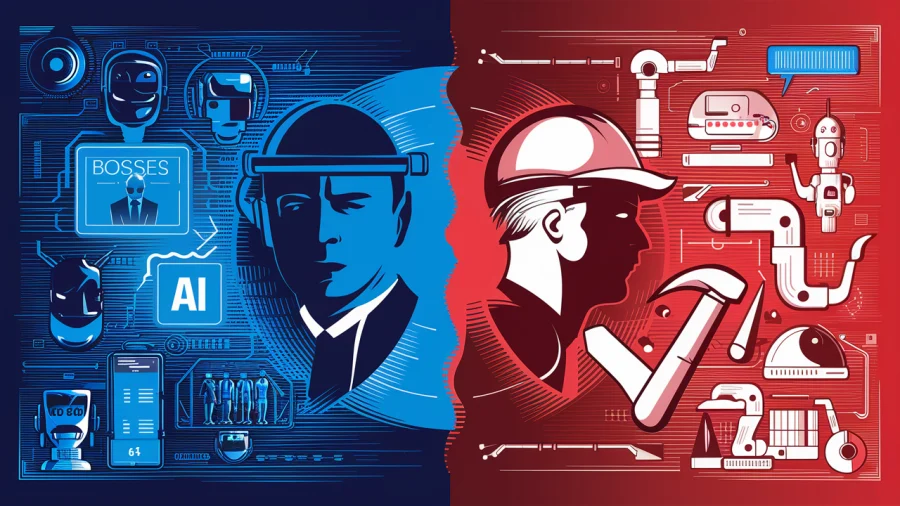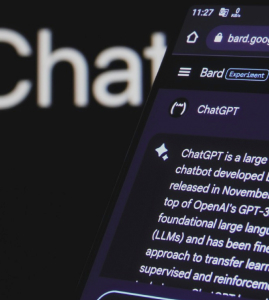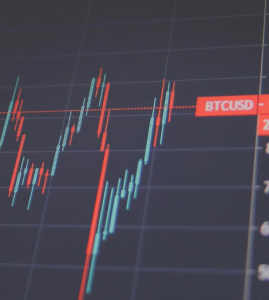A recently released Google Labs product called Fusion Tables allowed users to grab data from spreadsheets, text documents, PDFs and other sources and create compelling, comprehensive visualizations from a merged data set.

Google has just announced it’s releasing an API for Fusion Tables. The API integrates with Google Maps, App Engine, Base Data and Visualizations APIs, as well, to allow for motion charts, timelines, graphs and maps with all the data available and running on Google’s infrastructure. The API allows users to upload data from any source, from text files to full databases, and see their data merged and compared in cool visualizations. Surprisingly, that’s not even the best part.
Perhaps best of all, for active, dynamic datasets, Fusion Tables is programmatically updated and accessed, so new information is accessible without requiring an admin login to the Fusion Tables site. As data is added or altered, the most up-to-date version will be available as long as the dataset is synced to Fusion Tables.
The Fusion Tables API also allows for queries and downloads. It’s built on a subset of SQL. By referencing data values in SQL-like query expressions, developers can find data and download it for use by their app. The application can then do any kind of processing on the data, like computing aggregates or feeding into a visualization gadget.
Visualizations of data can be embedded in blogs and other sites all around the web, and attribution remains constant for all the data that is uploaded to Fusion Tables.
Another cool aspect of Fusion Tables is its real-time collaboration features. As with Google Docs, collaborators can be invited via email. Multiple people can view and comment on the data, and these discussions show users’ commments and any changes to the datasets over time.
For an overview of how Fusion Tables works, check out this demo video that explains how data can be mashed up and graphed:
We also found this cool video from Google engineer Alon Halevy and Pacific Institution president Peter Gleick on the principles of interpreting and using data to solve water problems:
Developers can get more information at the API developer’s guide page.
We think data itself is exciting and has the potential to tell many previously unheard stories. We wonder what kinds of apps will be developed using Fusion Tables, and we also wonder where the datasets will come from.
What kind of data would you like to see explored and visualized in apps from Fusion Tables developers? Let us know your thoughts in the comments.


















